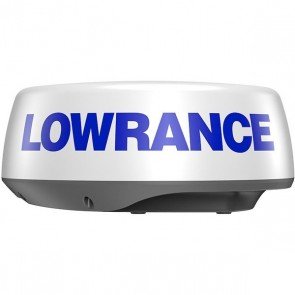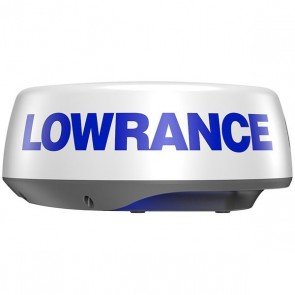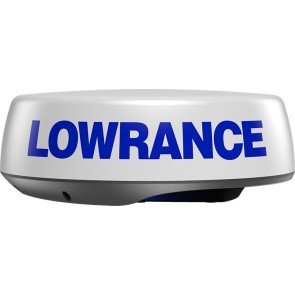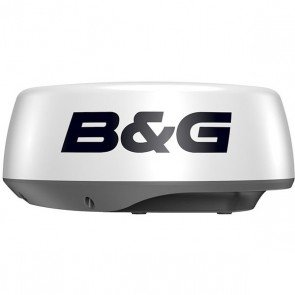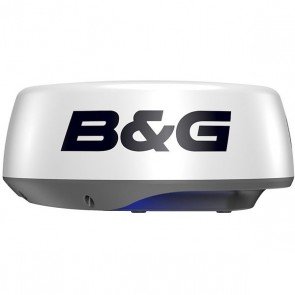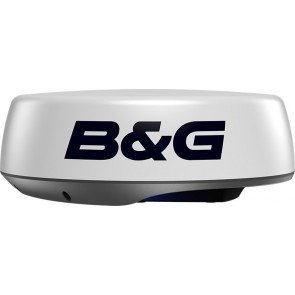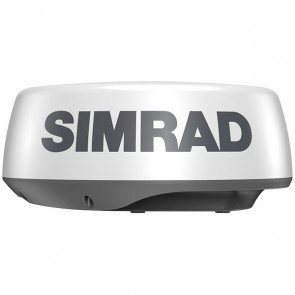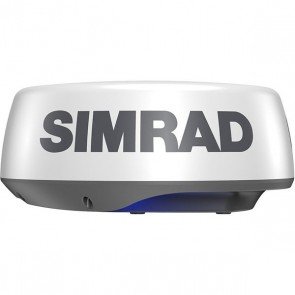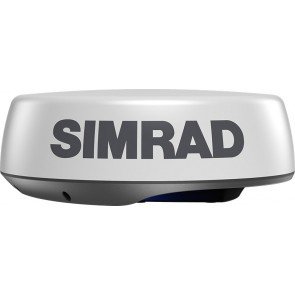Halo20 and Halo20+ Radar vs 3G and 4G Radar
Lowrance, Simrad and B&G are releasing their own Halo20 and Halo20+ pulse Compression >Radar models, arriving in-store early December. NOW IN STOCK.
They follow in the footsteps of Halo24, which was released last year in 2018.
But how are Halo20 and 20+ different to 3G and 4G Radars?
Pulse Compression technology
Where 3G and 4G >Radar are >FMCW radars, Halo20 and Halo20+ utilise pulse compression technology.
Pulse compression allows a >Radar to use a long pulse to achieve a large radiated energy, but with the Range Resolution of a short pulse of wide bandwidth.
Meanwhile, traditional >Broadband (FMCW) >Radar sends a signal where the Frequency is continually changed in a repeatable pattern that's modulated over time.
Halo20 vs. 3G
Halo20 is a good replacement for 3G >Radar. It is lighter and less bulky, much more slim-lined than 3G or four G radars, making Halo20 a much more compact solution for installation onboard smaller boats.
Halo20 also has the same Antenna rotation speed as 3G >Radar at 24rpm.
Halo20 and 20+ vs. Halo24?
The Halo radars all use pulse compression technology, but at 20” diameter Halo20 and Halo20+ are smaller and more compact than Halo24 (24”). They offer a more affordable solution for sailors than the Halo24, yet still provide high quality >Radar imaging and performance.
Halo20+ and Halo24 both boast Dual Range support, and a super fast Antenna rotation speed of up to 60rpm. The effect of high rotation speed is almost the same as continuous 360 view, as opposed to the sweeped view of a traditional >Radar. 360 view provides extra safety and much better collision avoidance.
Halo24 covers a slightly larger Range – up to 48nm, where Halo20+ covers up to 36nm, and Halo20 covers 24nm.
Bird Mode?
Halo20+ and Halo24 have Bird Mode.
VelocityTrack
Halo20+ and Halo24 feature VelocityTrack Doppler technology, which helps improve your situational awareness by colour coding information for a real time view of whether something is moving towards you or away with no limits on screen, so no need to manually select targets.
Beamwidth & Target Separation
Halo20 and 20+ have a slightly wider beamwidth (4.9° H x 25° V) than Halo24 (3.9° H x 22° V) – and even wider again than 3G or four G >Radar (2.6° H x 25° V).
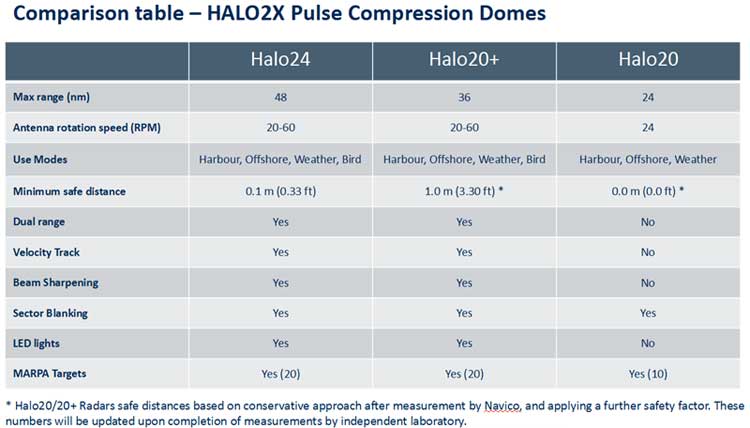
So if you're looking to upgrade your >Radar set-up, Halo20 and 20+ are well worth a look and will make a great addition to your Boat.
They will be arriving here in-store early December – so Stay tuned!
For more information on our >Radar Range, check out our article 'Over or Under the >Radar – We've Got You Covered' or >Head to our >Radar section here.
You can also get in touch with us in-store, online or call on (03) 9403 4800.
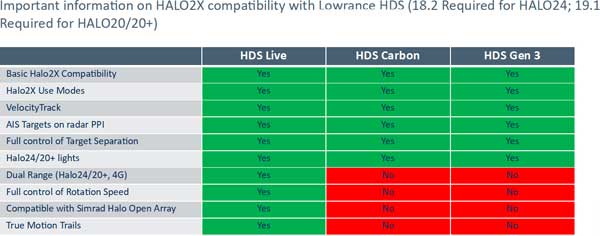
.
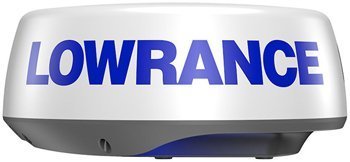
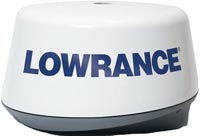
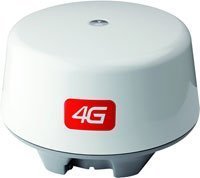
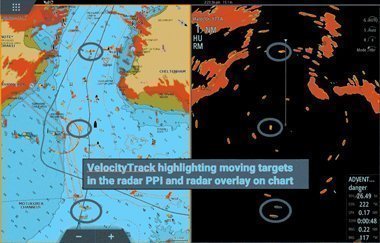
Related Products
-
Lowrance Halo20 Pulse Compression Radar
RRP: $2,999.00
NOW: $2,721.00
-
Lowrance Halo20+ Pulse Compression Radar
RRP: $3,499.00
NOW: $2,599.00
-
Lowrance Halo24 Pulse Compression Radar
RRP: $4,799.00
NOW: $4,423.00
-
B&G Halo20 Pulse Compression Radar
RRP: $2,999.00
NOW: $2,807.50
-
B&G Halo20+ Pulse Compression Radar
RRP: $3,499.00
NOW: $2,799.00
-
B&G Halo24 Pulse Compression Radar
RRP: $4,799.00
NOW: $4,664.65
-
Simrad Halo20 Pulse Compression Radar
RRP: $2,999.00
NOW: $2,807.50
-
Simrad Halo20+ Pulse Compression Radar
RRP: $3,499.00
NOW: $2,499.00
-
Simrad Halo24 Pulse Compression Radar
RRP: $4,799.00
NOW: $4,112.00

